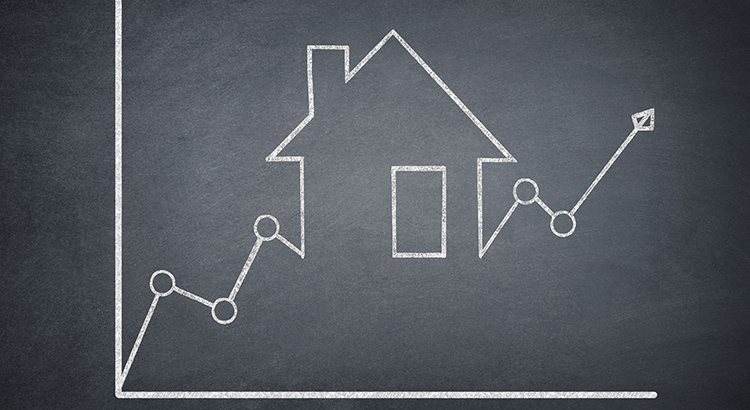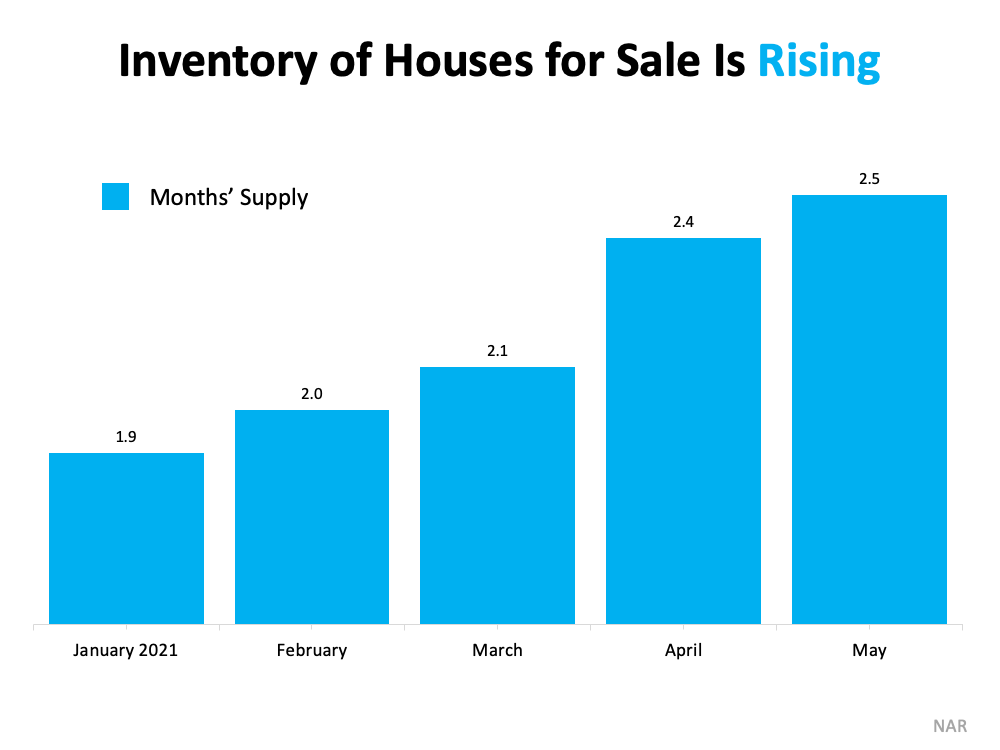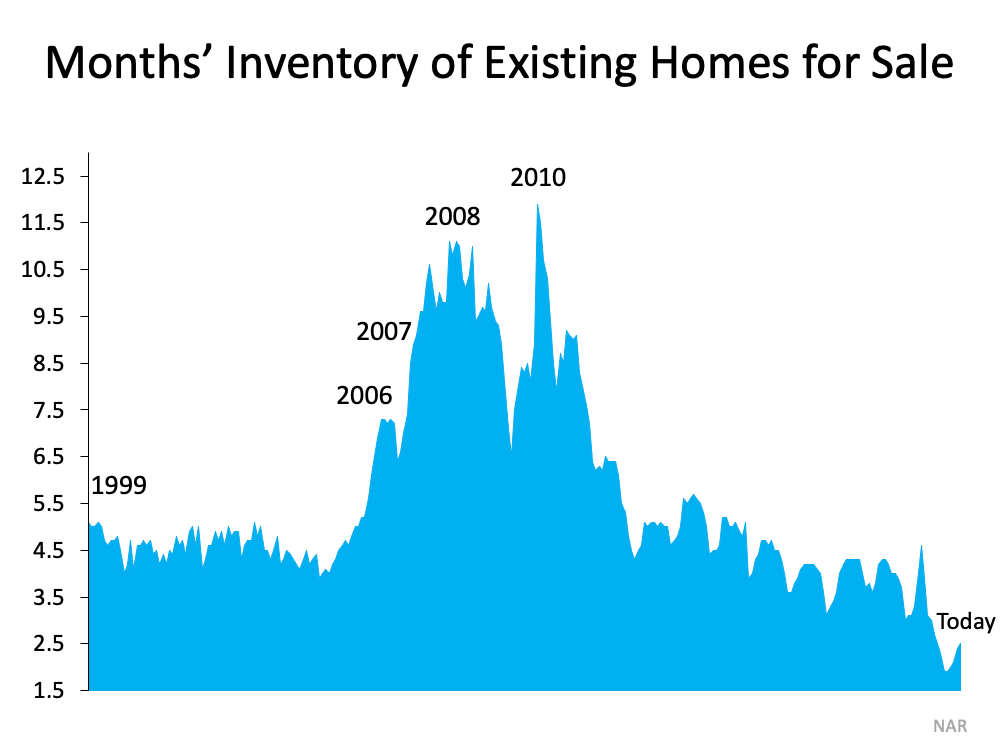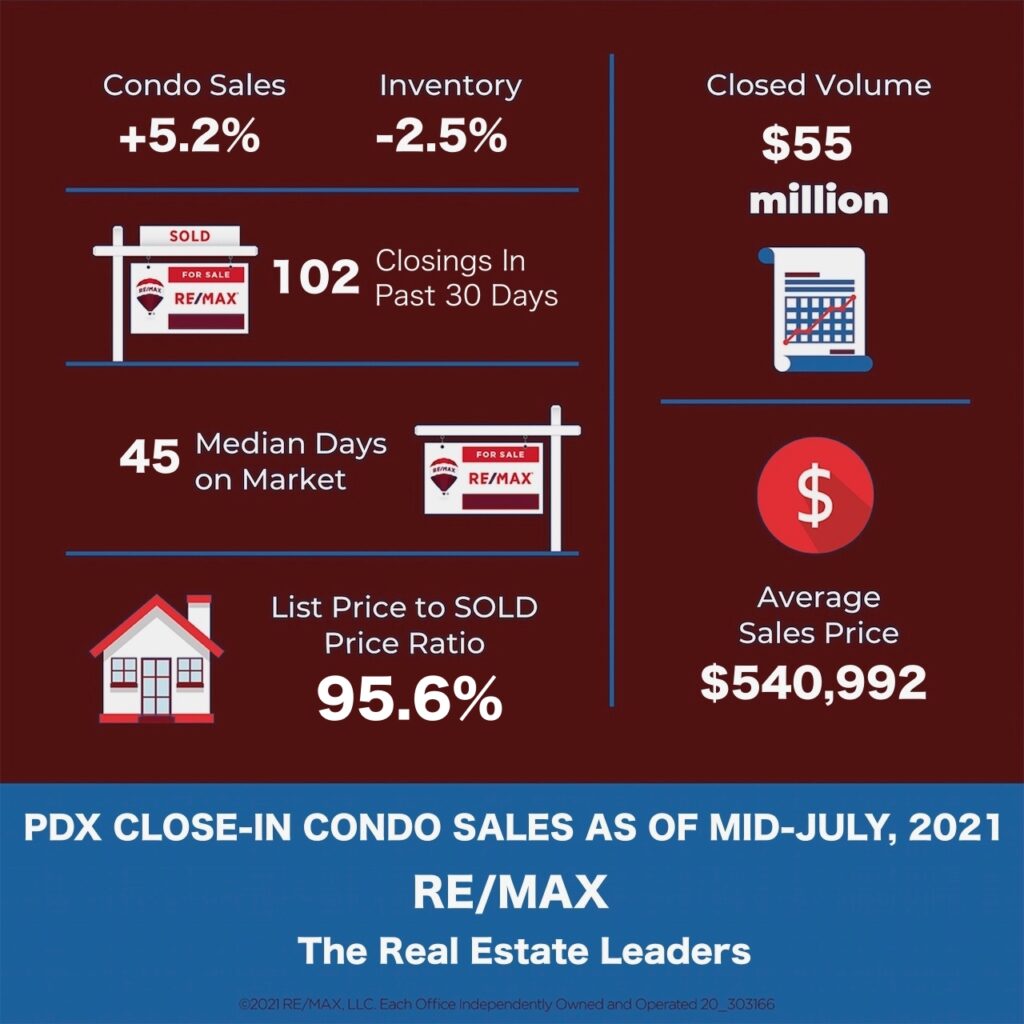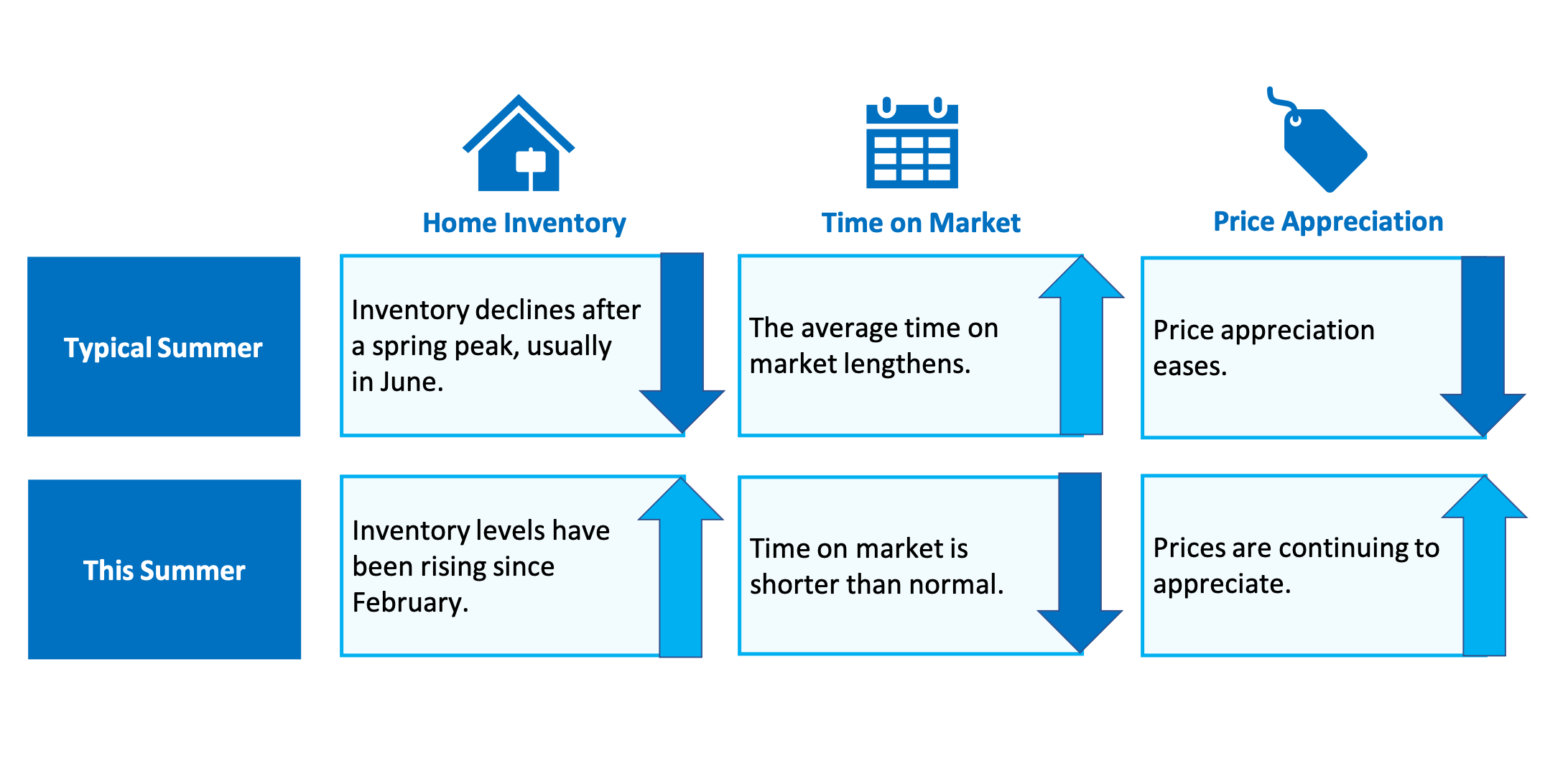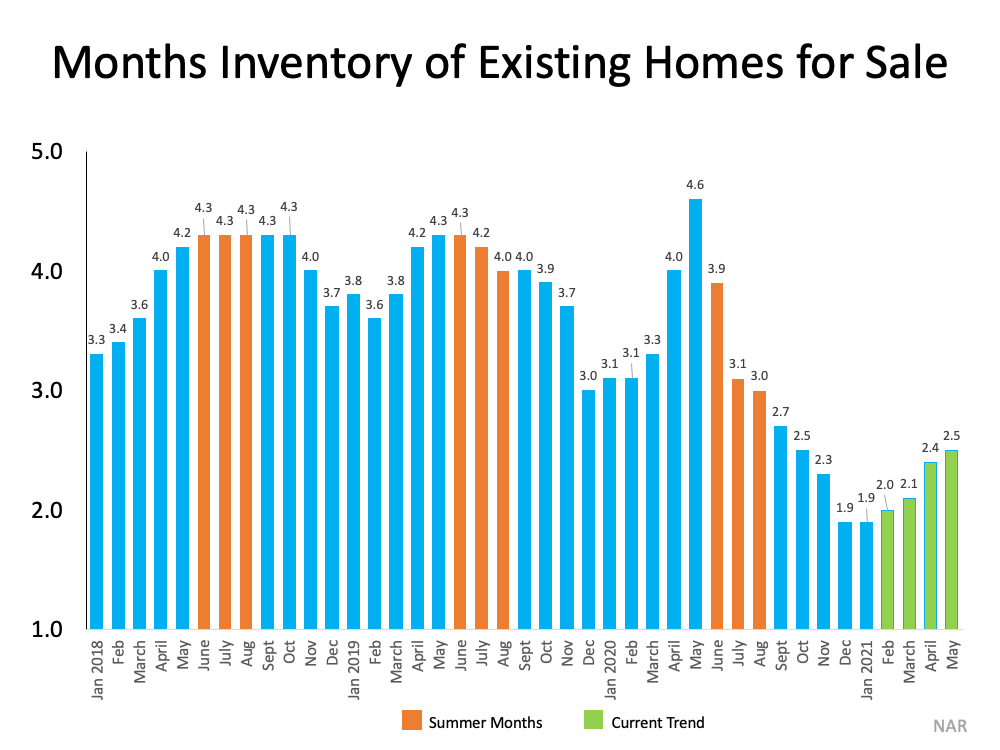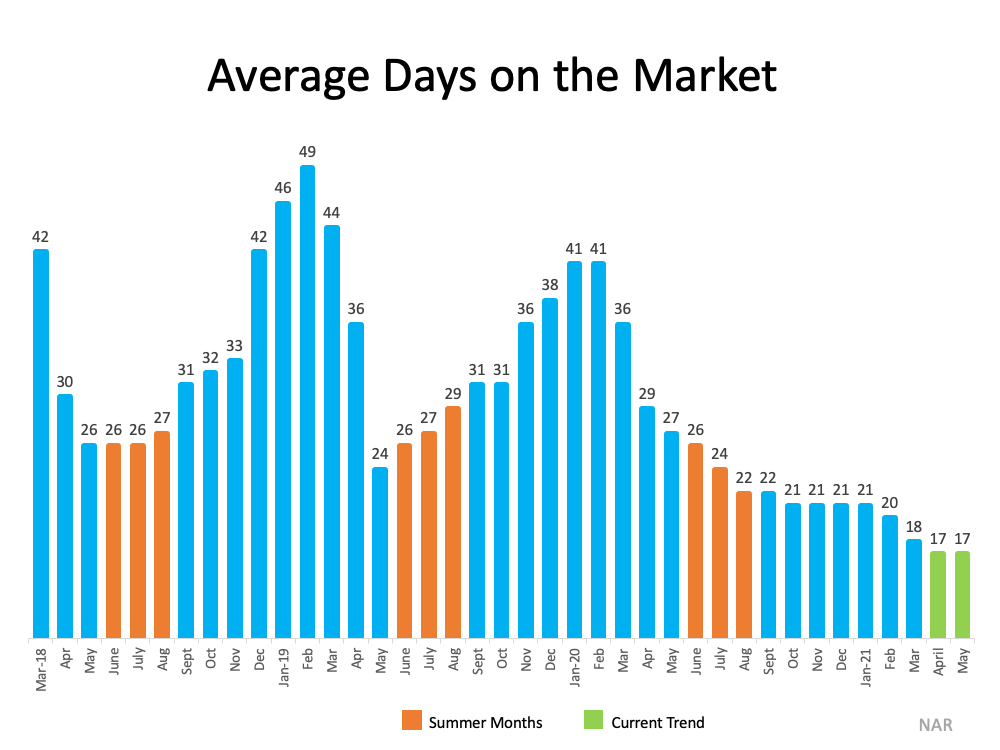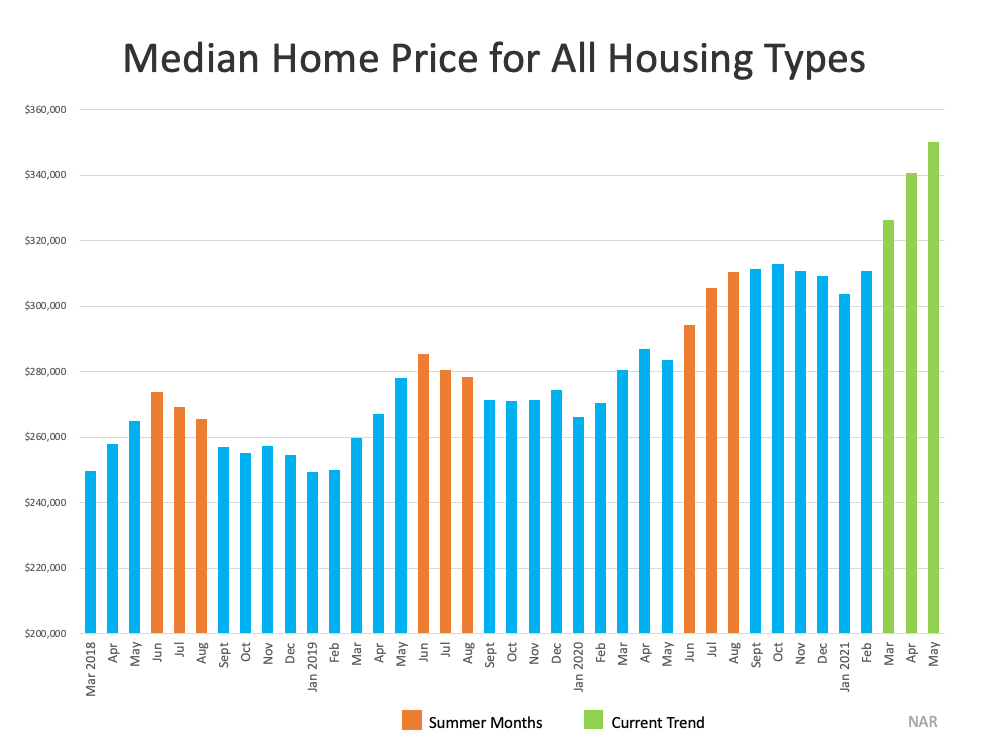PUBLISHED MON, JUL 12 202110:36 AM EDTUPDATED MON, JUL 12 202110:54 AM EDT
Diana Olick
Homebuyers get a break as new listings rise and mortgage rates drop (cnbc.com)
- New listings of homes jumped 4% in the four-week period ending July 4 from a year earlier, according to Redfin.
- New listings were up 3% from the same time in 2019, the first time they topped pre-pandemic levels.
- Seventy-seven percent of respondents said it’s a good time to sell, up from 67% in May, according to Fannie Mae.
For more than a year now, the housing market has been a perfect storm for sellers, but the winds may finally be shifting.
Strong demand and record-low supply are starting to ease, and mortgage rates are coming down off their recent highs. While home prices are still surging, these new market dynamics will likely take some of the heat out of those gains as well.
New listings of homes jumped 4% in the four week period ending July 4 compared with the same period one year ago, according to Redfin. They were up 3% from the same time in 2019. It was the first time new supply topped pre-pandemic levels.
The number of active listings is still down 32% from a year ago, but that’s actually the smallest annual drop since early February. Active listings are now up 8% from their 2021 low in early March.
“Many buyers have backed away from the housing market and are waiting until more and better homes are listed,” said Daryl Fairweather, Redfin’s chief economist. “Buyers don’t have the same sense of urgency that they did at the beginning of the year. They aren’t racing to buy before prices increase, because asking prices have already increased and stabilized.”
A monthly housing sentiment survey in June from Fannie Mae found that 64% of respondents said it’s a bad time to buy a home, up from 56% in May. On selling, 77% of respondents said it’s a good time to sell, up from 67% in May.
Potential sellers had been holding properties off the market, not wanting people coming through their homes while the pandemic was raging. They were also concerned they wouldn’t be able to find something else to buy.
Vaccines, as well as rising inventory, are giving them more confidence, not to mention that they can now sell for top dollar. A record 55% of homes sold above listing price in June, up from 27% the year before.
Home prices were up 15.4% in May compared with May 2020, according to CoreLogic. Prices, however, are projected by CoreLogic economists to increase 3.4% by May 2022, as affordability challenges hit some buyers and cause a slowdown in price growth.
“First-time buyers are hitting a wall in many places around the country as the pace of home-price rises outpace the benefits of lower borrowing costs. Younger and first-time buyers, including younger millennials, are faced with the challenge of having sufficient savings for a down payment, closing costs and cash reserves,” said Frank Martell, president and CEO of CoreLogic.
Mortgage rates, while historically low, have been on a roller coaster lately, starting the year at a record low but then shooting higher at the end of March. Last week, they fell back again, and while they are expected to rise slowly over the long term, there appears to be no imminent fear of another spike.
“They [buyers] aren’t racing to buy before mortgage rates go up, because rates have dropped back below 3% and are likely to stay low. With more new listings starting to come on the market, buyers who threw in the towel may want to look again because the market is tilting more in their favor,” added Fairweather.
Consumers are also feeling better about the economy and their own personal wealth. That could inspire those buyers who do have the means to afford a new home but have so far chosen to remain renters.
“Despite the pessimism in homebuying conditions, we expect demand for housing to persist at an elevated level through the rest of the year,” said Doug Duncan, Fannie Mae’s chief economist.
“Mortgage rates remain not too far from their historical lows, and consumers are expressing even greater confidence about their household income and job situation compared to this time last year, when the pandemic had shut down wide swaths of the economy,” Duncan said.
![Experts Agree: Options Are Improving for Buyers [INFOGRAPHIC] | MyKCM](https://files.mykcm.com/2021/07/15150442/20210716-MEM-1046x1908.png)



